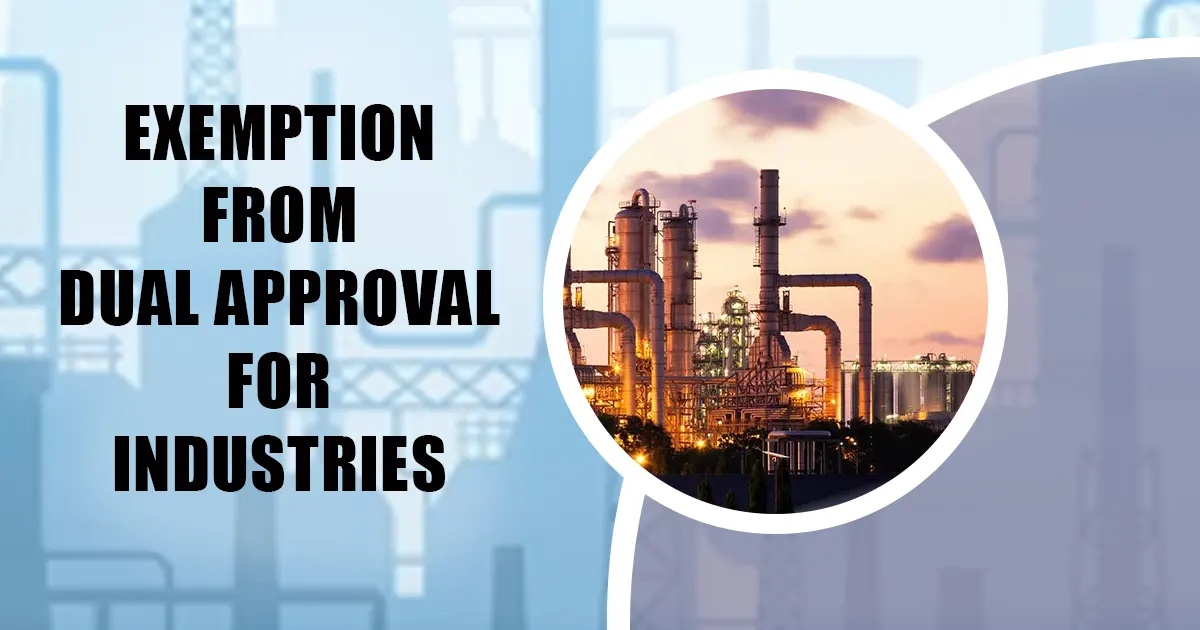
Context
The Ministry of Environment, Forest and Climate Change (MoEFCC) has issued a notification simplifying the process for setting up new industries by removing the requirement for dual approvals—Environmental Clearance (EC) and Consent to Establish (CTE).
Understanding Dual Approval
Dual approval refers to the requirement for industries to obtain two key permissions before commencing operations:
- Environmental Clearance (EC):
- Required under the Environmental Impact Assessment (EIA) Notification, 2006.
- Applicable to projects exceeding a specific size threshold, such as mining, hydropower, and thermal power.
- Involves an Environmental Impact Assessment (EIA) and public consultations.
- Consent to Establish (CTE):
- Mandated under the Air Act, 1981, and Water Act, 1974.
- Issued by State Pollution Control Boards (SPCBs) or Pollution Control Committees (PCCs).
- Valid for 3–5 years (extendable).
- Fees based on the capital investment of the project.
Key Changes Introduced
- Exemption for Non-Polluting Industries:
- ‘White category’ industries (39 non-polluting industries) no longer need to obtain CTE or Consent to Operate (CTO).
- Integration of Approvals:
- EC and CTE approvals have been merged, creating a streamlined process for obtaining EC.
- Role of SPCBs:
- SPCBs will be involved in the EC approval process to address all aspects previously covered by CTE.
- Retention of CTE Fees:
- Industries will still pay CTE fees, ensuring no revenue loss for state governments.
Implications of the Notification
Benefits
- Simplified Process:
- Reduces bureaucratic hurdles by eliminating redundant approvals for industries with EC.
- Time and Cost Efficiency:
- Speeds up the approval process, encouraging ease of doing business.
- Focus on High-Risk Industries:
- Allows SPCBs to focus on regulating industries with higher pollution risks.
Concerns
- Oversight Risks:
- Merging approvals could lead to gaps in monitoring and compliance for environmental standards.
- Revenue Dependence:
- Reliance on CTE fees for state revenues may continue without the authority to oversee compliance independently.
- Implementation Challenges:
- Ensuring SPCB inputs are adequately considered during EC approvals.
Way Forward
- Clear Guidelines:
- Define the roles and responsibilities of SPCBs in the merged approval process.
- Monitoring Mechanisms:
- Strengthen compliance monitoring for industries, especially those exempt from CTE.
- Capacity Building:
- Enhance SPCB resources to effectively handle their revised responsibilities.
- Transparency:
- Establish online platforms for tracking and ensuring compliance with EC norms.




